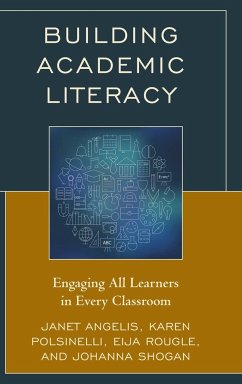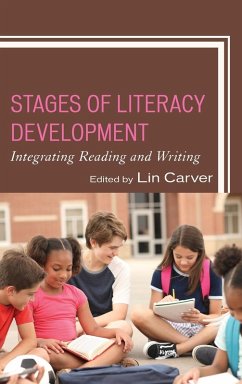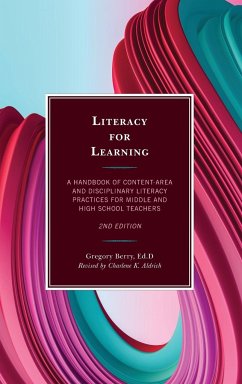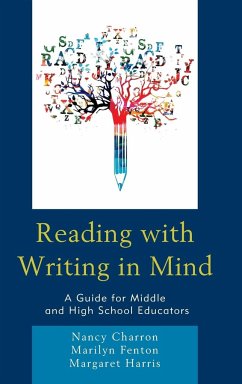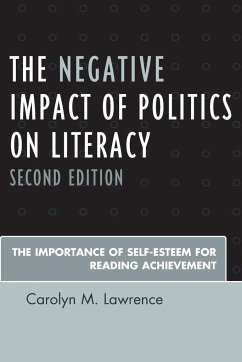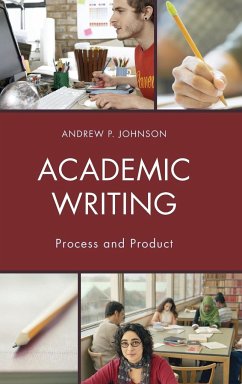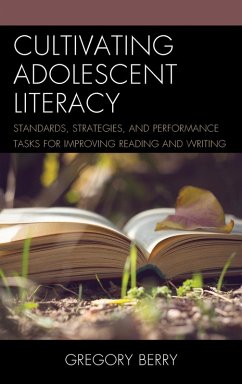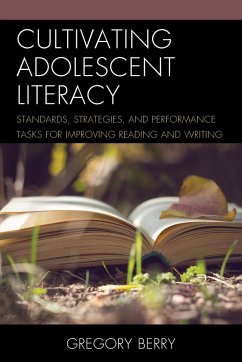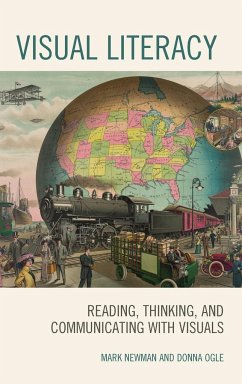
Building Academic Literacy
Engaging All Learners in Every Classroom
Versandkostenfrei!
Versandfertig in 1-2 Wochen
43,99 €
inkl. MwSt.
Weitere Ausgaben:

PAYBACK Punkte
22 °P sammeln!
Building Academic Literacy is a coach-in-a-pocket for educators seeking to build strong academic literacy and higher-order thinking. This book is for anyone with responsibility for instruction - teachers, instructional coaches, professional developers, principals, curriculum leaders, teacher preparation faculty. It provides pathways to developing higher-order thinking in every student and setting.




